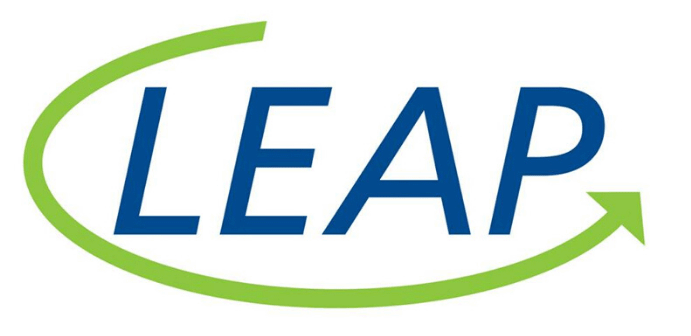Centers For Independent Living: A Simple Introduction
Posted on 04/11/25 by Isabel in Independent Living
Centers for Independent Living (CILs) are often misunderstood or overlooked. Many confuse them for independent living facilities, asking questions like, "Do you provide housing?" The short answer is no, but there's a lot more to the story.
Let's clear up common misconceptions and explore what a Center for Independent Living is and how it empowers individuals with disabilities to live independently.
What Is a Center for Independent Living (CIL)?
A Center for Independent Living is a community-based, consumer-controlled, cross-disability, non-residential, non-profit organization that supports individuals with disabilities.
Centers for Independent Living are a one-stop resource for individuals with disabilities for programs and services. We work to empower the disability community to live the life they want with dignity, autonomy, and independence.
Core Services of Centers for Independent Living
Across the United States, there are 403 Centers for Independent Living, and LEAP is one of the 12 in Ohio. Each of these organizations offers different variations of programs and services. Yet, all of them are mandated to provide the five core services:
1. Individual & Systems Advocacy: CILs are disability rights advocates at all levels.
- Individual Advocacy (Self-Advocacy): Supporting members of the disability community by advocating for their rights and access to services.
- Systems Advocacy (Public Policy): Advocating alongside the disability community for systematic change that creates a lasting impact. Systematic advocacy could work to pass new laws, change rules, or update systems. There are multiple ways a CIL can perform systems advocacy.
2. Information and Referral Services: Provide valuable information and resources that support individuals in navigating independent living services. This is the only resource available CILs can offer to individuals without disabilities.
3. Peer Support: Connecting individuals with disabilities with others who share similar experiences.
4. Transition Services: Assisting individuals with disabilities with various transitions, including youth transition, nursing home transition, and institutional transition services, to support individuals living in an independent living setting of their choice.
5. Independent Living Skills Training: Independent Living Skills Training and ongoing support to empower individuals to maintain their independence within their communities.
In addition to these core services, Centers for Independent Living may offer additional programs tailored to meet the specific needs of their communities.




